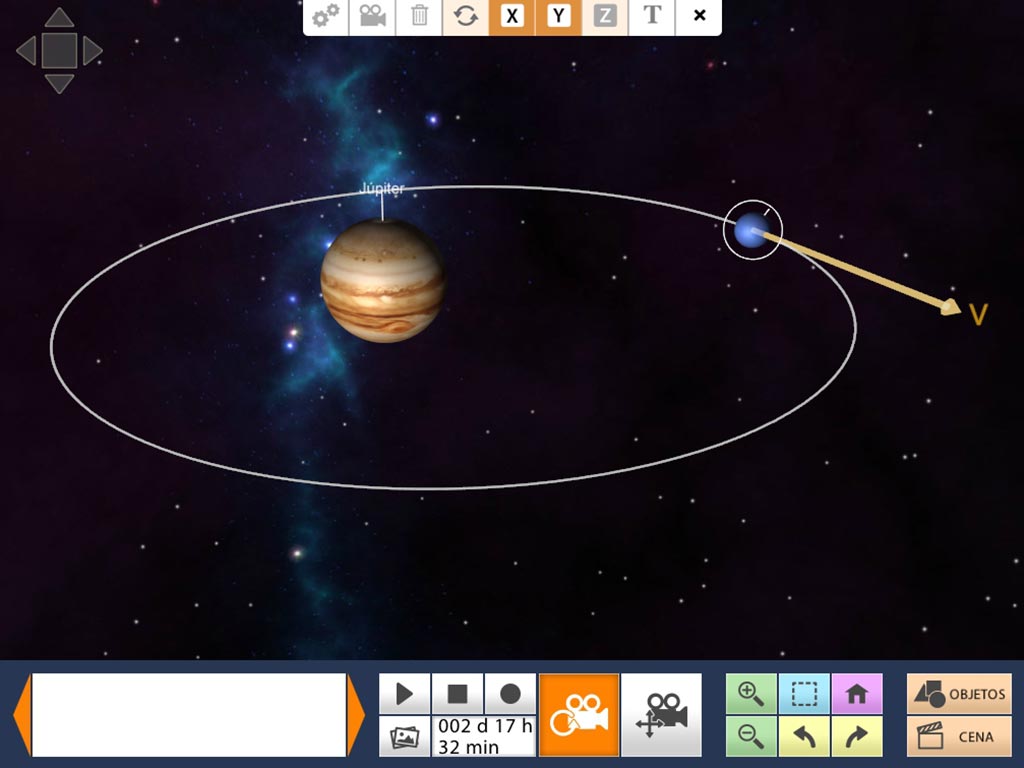Kepler
Application: In middle school, for the study of the solar system and, from the 10th grade, to illustrate and demonstrate the laws of Kepler and Newton’s law of Universal gravitation.
Screenshots


Application: In middle school, for the study of the solar system and, from the 10th grade, to illustrate and demonstrate the laws of Kepler and Newton’s law of Universal gravitation.

